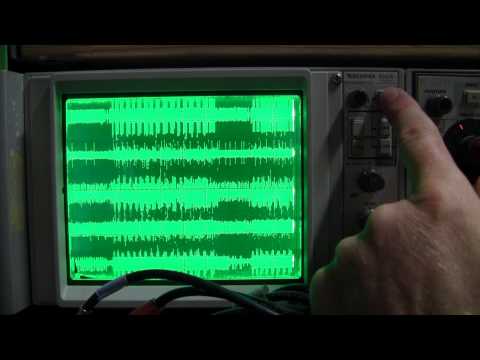During my flyfishing vacation last year, pretty much nothing was happening on this blog. Now that I’ve migrated the blog to WordPress, I can actually schedule posts to appear when in fact I’m not even at the computer. I’m using this functionality to re-blog a few posts from the archives during the month of august while I’m away. This post is from April 29, 2011:

The electrical stimulation via the cuff excites the muscle directly (the M signal in the EMG in the upper left corner) and, with a delay, indirectly via the H-reflex.
Below is an image of what that setup looks like when it’s implanted in a rat:

The rat is running around in its cage and receives a food reward whenever the H-reflex reaches the required amplitude.
Given that the textbook reflex (i.e., the spinal stretch reflex shown in the first image above) is monosynaptic, one would expect just this synapse to be modified after operant conditioning. However, this synaptic plasticity only contributes to one form of this learning, namely up-conditioning. Up-conditioning refers to the experiment where increased reflex amplitude was rewarded. In these experiments, the synaptic input from the primary 1a afferents (blue, in the first figure above) is increased, making the reflex amplitude larger. In down-conditioning, however, the synaptic input to the motor neuron is not altered, but the motor neuron itself (green) reveals an increased firing threshold and reduced postsynaptic potentials, making the motor neuron less likely to fire (and hence reflex amplitude smaller). In addition to these different forms of plasticity, correlates of the memory can be found throughout the spinal cord and even in the cortex. Some of these correlates appear to be compensatory modifications to other reflexes, preventing the increased amplitude of the conditioned reflex from making the animal limp. Again others are required for the maintenance of the memory, but do not seem to directly contribute to the memory trace itself. There are many more examples in the paper.
Taken together, the results presented in this review open up more questions than they answer and demonstrate that this is a promising research field, with still plenty of low-hanging fruit and a large variety of basic neuroscientific lessons which are hard, if not impossible to learn from other models.
What are you waiting for? Go and study operant conditioning of these reflexes already! 















